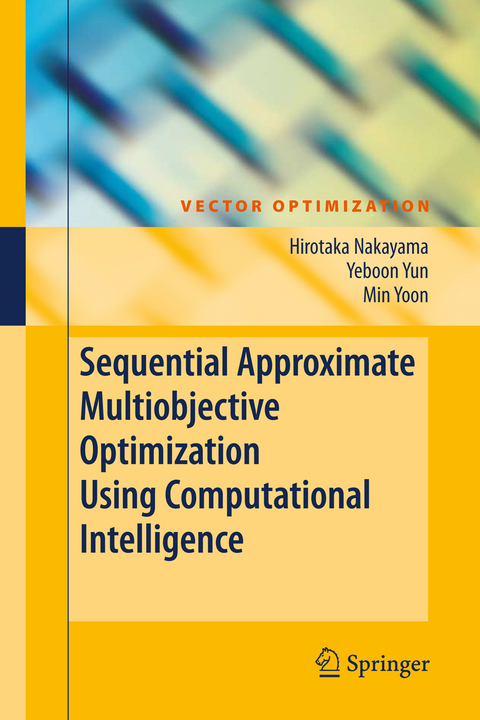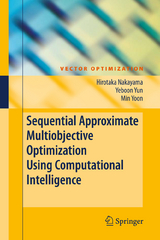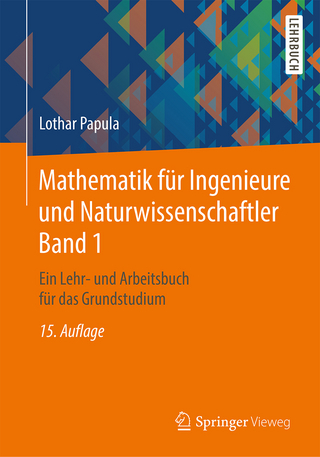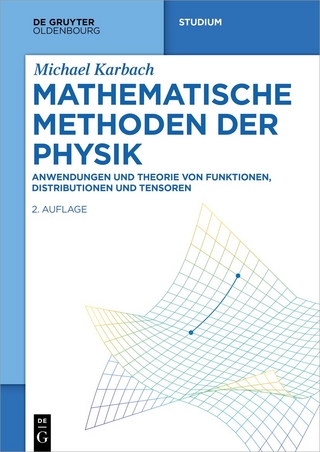Sequential Approximate Multiobjective Optimization Using Computational Intelligence
Springer Berlin (Verlag)
978-3-540-88909-0 (ISBN)
Basic Concepts of Multi-objective Optimization.- Interactive Programming Methods for Multi-objective Optimization.- Generation of Pareto Frontier by Genetic Algorithms.- Multi-objective Optimization and Computational Intelligence.- Sequential Approximate Optimization.- Combining Aspiration Level Approach and SAMO.- Engineering Applications.
From the reviews:
"The basic concepts of multiobjective optimization are included making the book self-contained. The performance of the presented methods is demonstrated by the results of applications to real world problems. ... The book is aimed to researchers, practitioners in industries and students of graduate course and high grade of undergraduate course." (Antanas Zilinskas, Zentralblatt MATH, Vol. 1167, 2009)
| Erscheint lt. Verlag | 12.5.2009 |
|---|---|
| Reihe/Serie | Vector Optimization |
| Zusatzinfo | XVI, 200 p. 111 illus. |
| Verlagsort | Berlin |
| Sprache | englisch |
| Maße | 155 x 235 mm |
| Gewicht | 491 g |
| Themenwelt | Mathematik / Informatik ► Mathematik ► Angewandte Mathematik |
| Mathematik / Informatik ► Mathematik ► Wahrscheinlichkeit / Kombinatorik | |
| Wirtschaft ► Allgemeines / Lexika | |
| Schlagworte | algorithms • Evolutionary Multi-objective Optimization • Genetic algorithms • machine learning • meta-modelling • Modeling • Multi-Objective Optimization • Optimal Design of Experiments • Optimization |
| ISBN-10 | 3-540-88909-4 / 3540889094 |
| ISBN-13 | 978-3-540-88909-0 / 9783540889090 |
| Zustand | Neuware |
| Haben Sie eine Frage zum Produkt? |
aus dem Bereich




